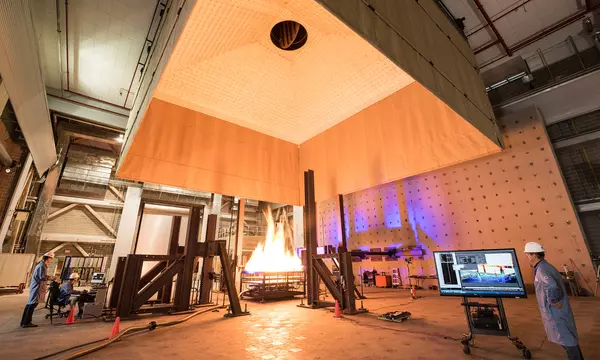Through its comprehensive programs in measurement, prediction, systems integration, and the study of fire dynamics in both built and natural environments, the division leads efforts to advance the science and practice of fire safety engineering, firefighting, fire investigation, fire testing, fire data management, and controlled burning.
News and Updates
Software
Tools and Instruments
Awards
Contacts
-
Division Office


















